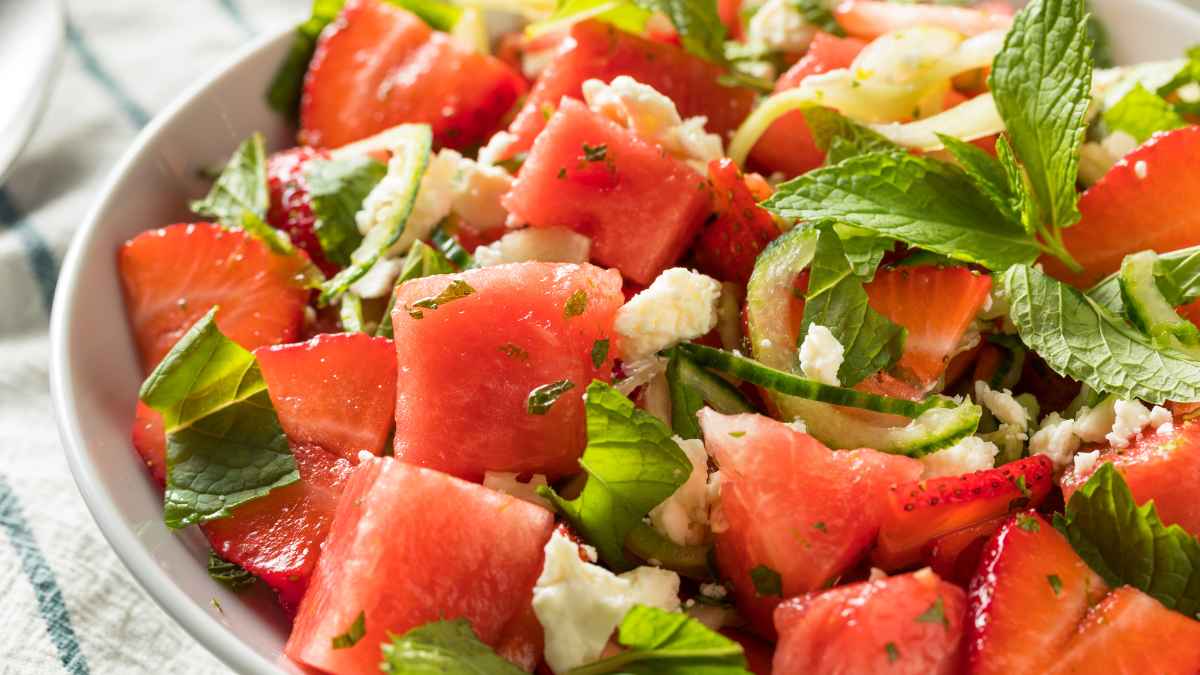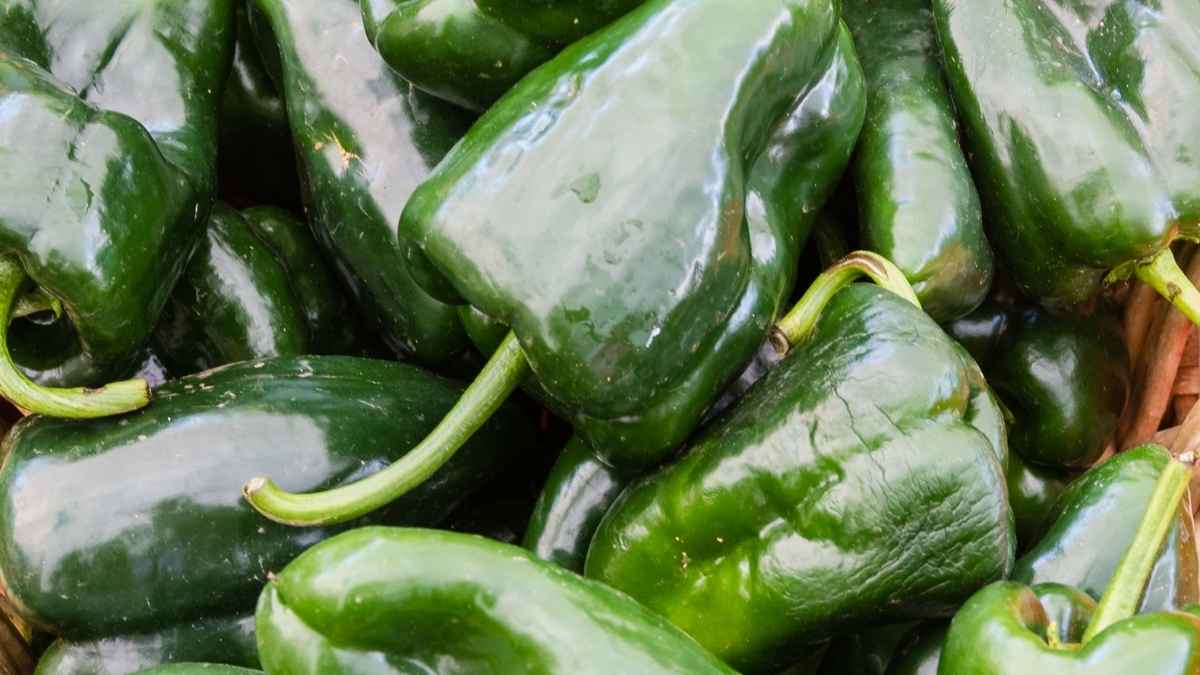Serrano – The serrano pepper originates in the mountainous regions of Mexico. Though it’s quite a bit hotter, it’s smaller than a jalapeño. If left to ripen on the plant, its color is a deep red. As one of the few peppers that don’t do well with drying, Serrano peppers are used in salsas. Altiplano is a large fruited serrano and is high yielding.
Jalapeno – The most widely known, the jalapeño is a medium size pepper that has a mild heat to it. It’s commonly used in Mexican cuisine. Much of the pepper’s spice is contained in the seeds, which are frequently removed for those not wanting too much kick. Jalapeños are picked while still green, though when ripe, they are red when fully ripen on the plant. Jalapeños are used in salsas, pickled, stuffed, baked, fried, and included in recipes as well as muddled into cocktails to add a soft warmth to a margarita. The Jedi jalapeno is the largest Jalapeno variety offered at 4-4.5” in length. High yields, slow to check.
Chipotle – Chipotle peppers are smoked ripe jalapeños that offer dishes a rich, smoky flavor. When they are rehydrated and made into a salsa or a meat marinade, they are referenced as adobo. Chipotle peppers can be found whole, ground or canned and have a moderate amount of heat.
Chiles de Arbol – Small and vibrant, this pepper is also known as bird’s beak chile or rat’s tail chile. These chiles are typically found fresh, dried or powdered and are of medium-high heat level.
Habanero – These peppers have a bite and are among the hottest peppers used in Mexican cuisine. In fact, when people work with these gloves, they need to wear gloves. Depending on when they’re picked and how old they are, Habaneros range in color. Habaneros are often used to make hot sauces as they have both citrusy and floral flavor.
Poblano Pepper – Also known as an Ancho Chile, this pepper is frequently roasted and stuffed with beans and cheese. They generally have a milder heat; however, fully ripened red ones can be quite hot. The dried poblano is known as ancho chile, a common ingredient in mole sauce. Baron is one of our favorite varieties.
Guajillo Peppers – Dried mirasol peppers are made from Guajillos. They have a thin skin, a mild flavor, and deep red color. Once rehydrated with hot water, to make a marinade for meat, they commonly used to make a sauce for tamales or finely ground into a paste.
Amazing Hot pepper – This is an authentic Korena drying pepper. Traditionally used in Korea to make bright red kimchi. Imparts a bright, citrusy flavor that is warm but not hot.
Visit our blog for more tasty recipes and gardening tidbits!









